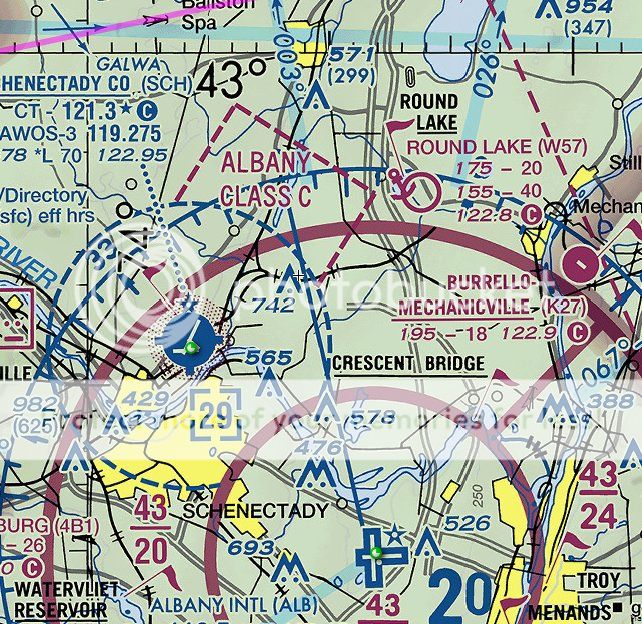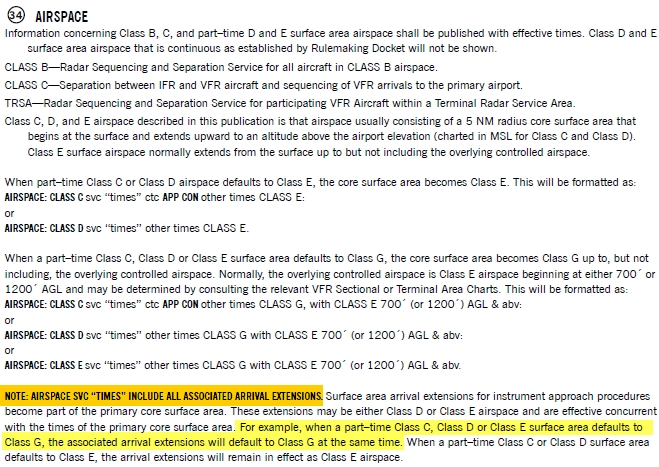ANE NH D Portsmouth, NH
Portsmouth, Pease International Tradeport, NH
(lat. 43°04'40"N., long. 70°49'24"W.)
Eliot, Littlebrook Air Park, ME
(lat. 43°08'35"N., long. 70°46'20"W.)
That airspace extending upward from the surface to and including 2,600 feet MSL within a 4.5-mile radius of the Pease International Tradeport, excluding that airspace within a 1.5-mile radius of the Littlebrook Air Park.
ANE NH E4 Portsmouth, NH
Portsmouth, Pease International Tradeport, NH
(lat. 43°04'40"N., long. 70°49'24"W.)
Pease VORTAC
(lat. 43°05'04"N., long. 70°49'55"W.)
That airspace extending upward from the surface within 1.8 miles on each side of the extended centerline of Runway 16 at Portsmouth, Pease International Tradeport (Pease) extending from a 4.5-mile radius of Pease to 6.4 miles southeast of Pease, and within 1.8 miles on each side of the Pease VORTAC 146° radial extending from a 4.5-mile radius of Pease to 7 miles southeast of the Pease VORTAC, and within 1.8 miles on each side of the Pease VORTAC 338° radial extending from a 4.5-mile radius of Pease to 7 miles northwest of the Pease VORTAC.



